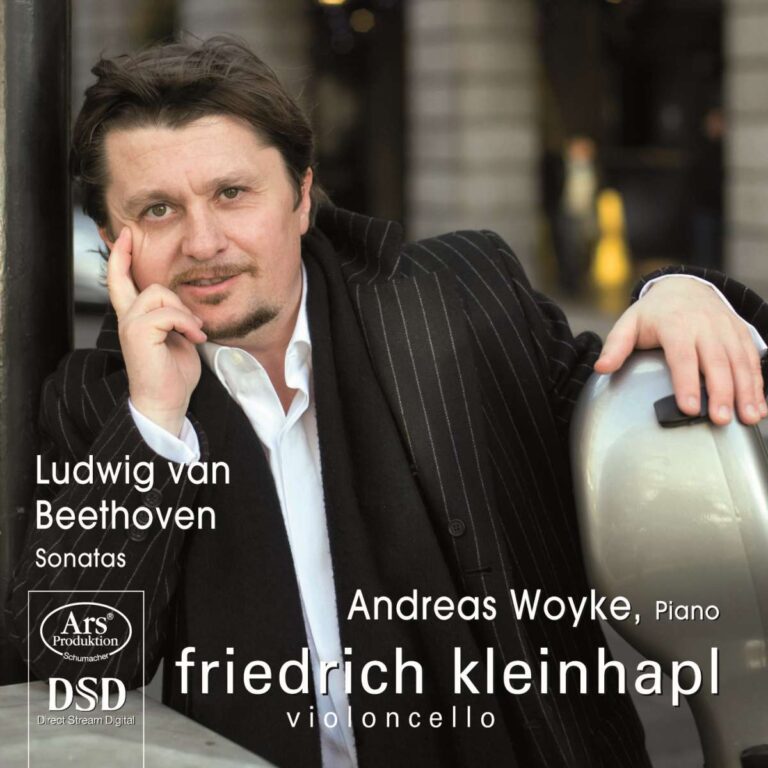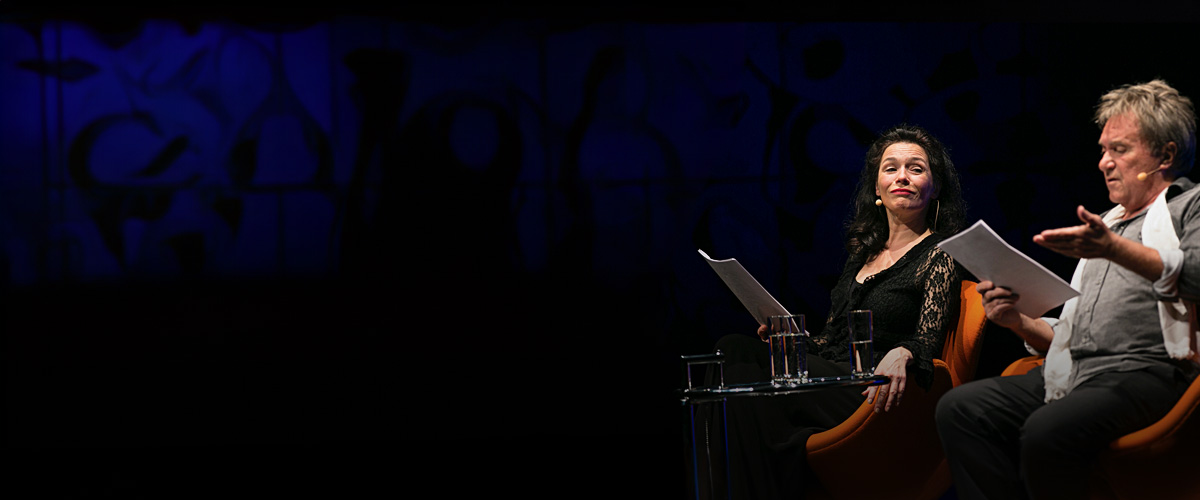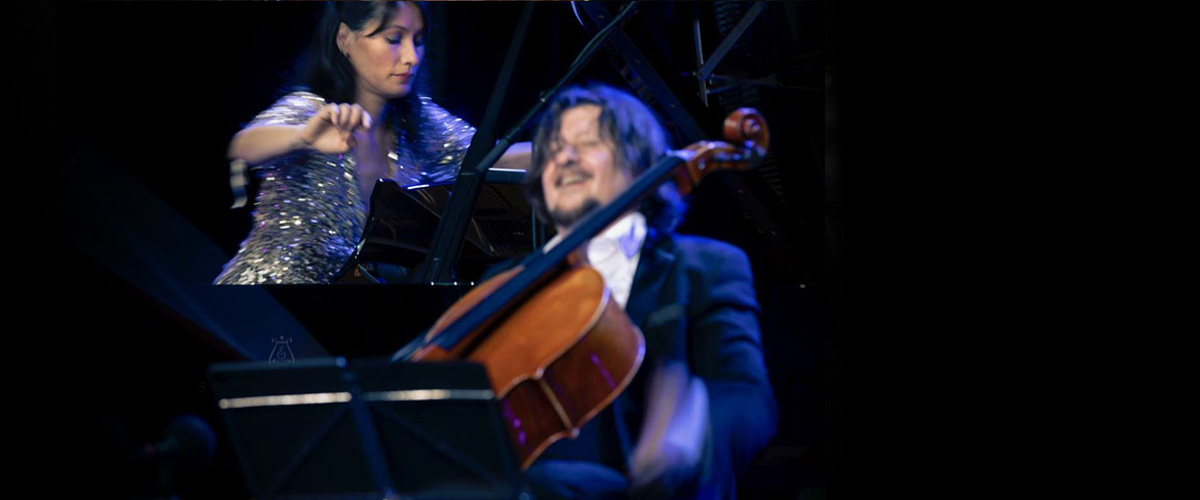Dies ist eine jener Platten, die man in den Player schiebt und bei denen gleich die ersten Takte einen aufhorchen lassen. Dann steigert sich die Freude am Zuhören schnell bis hin zu größter Begeisterung, mehr noch, zum Erstaunen, wie es möglich ist, dass wir bei der Fülle existierender Einspielungen, diese drei Sonaten noch nie so gehört haben wie auf dieser CD, sie so ’neu‘ erleben.
„Beethoven setzt (…) nicht nur nach dem Vorbild der Geige die konzertant-virtuosen Möglichkeiten des Cellos ein. Ebenso entwickelt er in diesen Werken den vollen Farbreichtum der verschiedenen Lagen, die der Geige in der Höhe nicht nachstehen, zusätzlich aber noch über eine sonore Basslage verfügen. So etabliert Beethoven das Cello als Soloinstrument, das der Geige absolut ebenbürtig ist. Mit den fünf Cellosonaten schafft Beethoven zugleich Beginn und ersten Höhepunkt einer neuen Gattung.“ Das schreibt der österreichische Cellist Friedrich Kleinhapl über Beethovens Cellosonaten, von denen er nun also drei Stück mit seinem Klavierpartner Andreas Woyke aufgenommen hat.
Von existierenden Einspielungen war die Rede. Wir hörten uns zum Vergleich einige davon wieder mal an: Casals, Rostropovich, Starker, Ma, aber auch jüngere wie Gastinel…. Bei keiner der Vergleichsaufnahmen haben wir jene uneingeschränkte Genugtuung empfunden wie bei Kleinhapl und Woyke, denn in diesen Interpretationen stimmt einfach alles, die Musikalität, der Ausdruck, die Balance und auch der Klang der wunderbar ausgewogenen SACD-Produktion. Da waren überall Meister am Werk!
Zunächst der generelle Eindruck: Kleinhapl und Woyke spielen immer ausdrucksvoll, immer in höchstem Maße kommunikativ, aber sie übertreiben nie. Sie meiden jedes mögliche Pathos, sie meiden die große bedeutungsschwangere Geste, sie meiden jeden überflüssigen Nachdruck, jeden Gefühlsüberschwang, jede Kopflastigkeit auch… und sind doch so weit entfernt von Sachlichkeit und Ernsthaftigkeit. Was sich als natürlicher Musikfluss anhört, ist bis ins letzte Detail höchst persönlich und zudem aus einem so harmonisch konzipierten Ganzen heraus musiziert, dass sich einem die drei Sonaten in diesen Aufnahmen auf die Gehirnplatte einbrennen und für die Partition Beethoven-Cellosonaten auch gleich eine Disk-Formatierung besorgen. Sie erheben widerstandslos Alleinherrschafts-Anspruch.
Nach dem liebevoll gestalteten Adagio sostenuto der ersten Sonate entführen uns Kleinhapl und Woyke in das beschwingteste und tänzerischste Allegro, das wir je gehört haben. Das ist pure Freude. Elan, Wohlklang, Kantabilität und die spürbare Begeisterung der Musiker, ihr Publikum mit dieser entzückenden Musik mitzureißen, versetzen uns in einen seltenen Musikrausch, der auch im Rondo nachhaltig weiterwirkt.
Mit seinen bestens dosierten Kontrasten beginnt das Adagio sostenuto der zweiten Sonate ebenso dramatisch wie grüblerisch-traurig. Wie Kleinhapl und Woyke dann dem anschließenden Allegro molto entgegensteuern, ist einfach genial. Da ergibt sich im Dialog ein ‚Wort‘ aus dem anderen, Struktur und innere Logik werden klar und deutlich formuliert wie in sonst keiner mir bekannten Interpretation. Die Spontaneität des Spiels ist ein weiterer Vorzug, der uns wie gebannt zuhören lässt, wie sich denn das Drama, das da vor unseren Ohren passiert, auflösen wird. Und das geschieht dann so natürlich wie der Sonnenstrahl, der zwischen zwei düsteren Wolken durchdringt, diese machtvoll verdrängt und zunächst einmal Energie aufstaut, die sich im Laufe der restlichen zwölf Minuten dieses langen ersten Satzes freisetzen wird, bis in der ‚Schlussrunde‘ sämtliche noch möglichen Probleme endgültig gelöst sind. Umso freier erklingt dann der letzte Satz.
Aufregender noch geht es in der 3. Sonate zu, dem Opus 69, wo sich Kleinhapl und Woyke nicht ständig bekämpfen, wie Maisky und Argerich das tun, sondern wirklich an einem Strang ziehen, um Beethovens Gemütszustände „zwischen Tränen und Trauer“, wie er selber auf eine Abschrift der Partitur schrieb, optimal wiederzugeben, wunderbar rhetorisch, zielstrebig und mit so viel Elan und innerem Feuer, dass der Hörer völlig in den Sog der Musik gerät und sich nur im knapp anderthalb Minuten langen Adagio Cantabile etwas erholen kann, ehe der fieberhafte finale Rush einsetzt.




